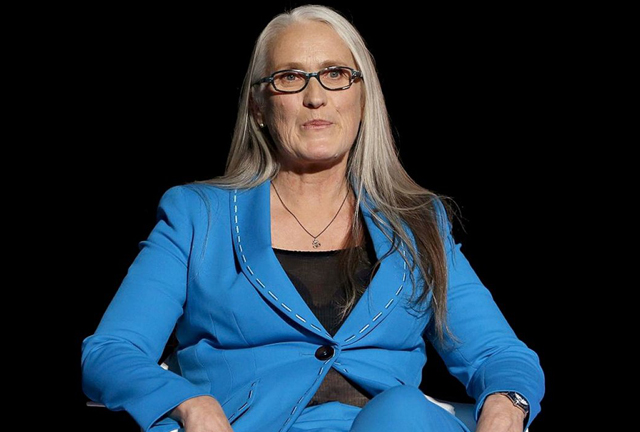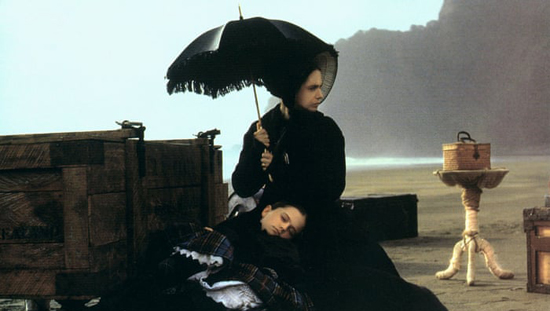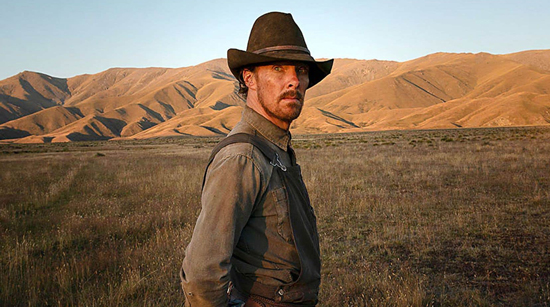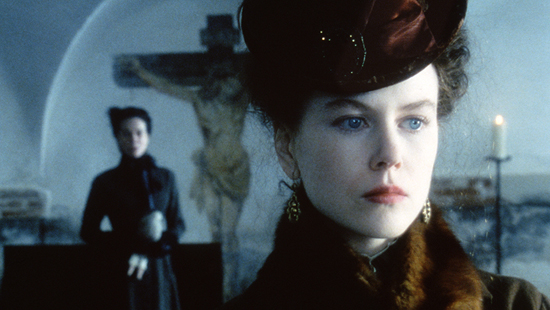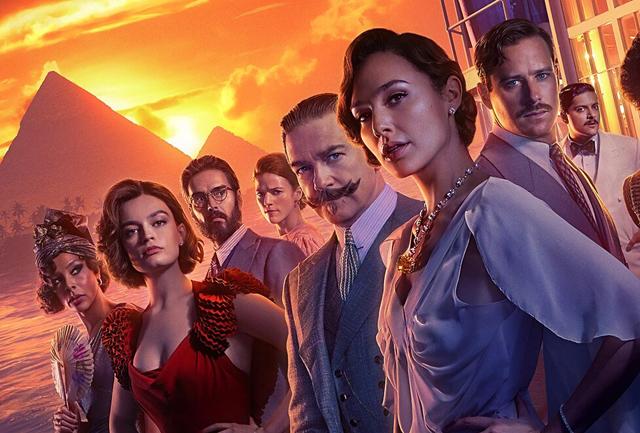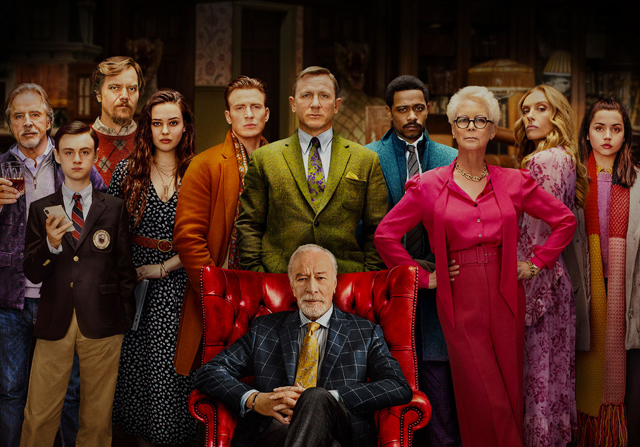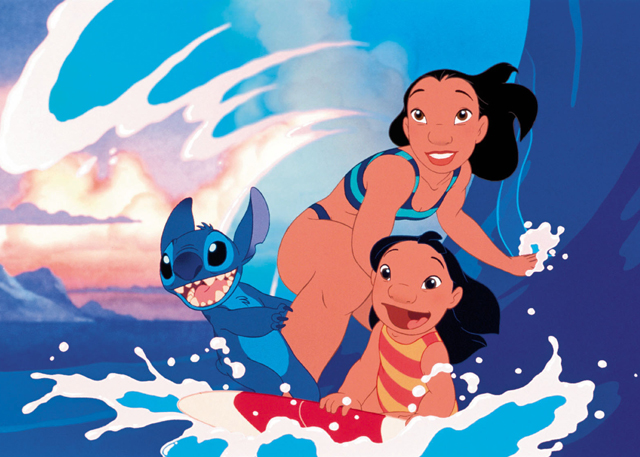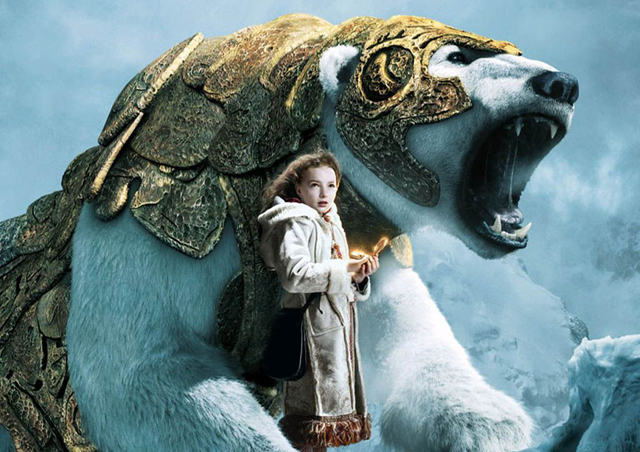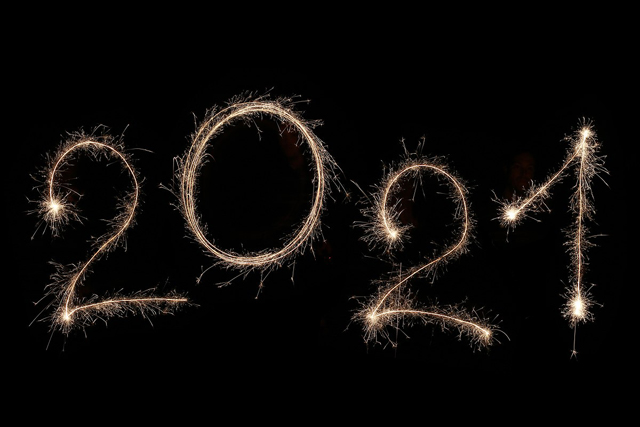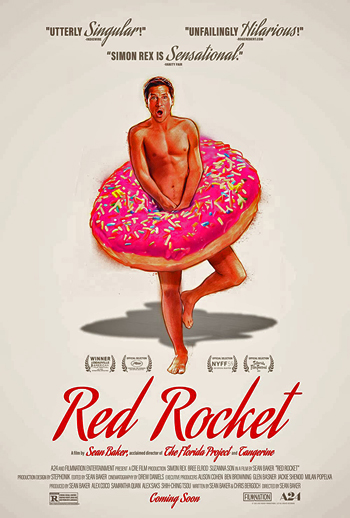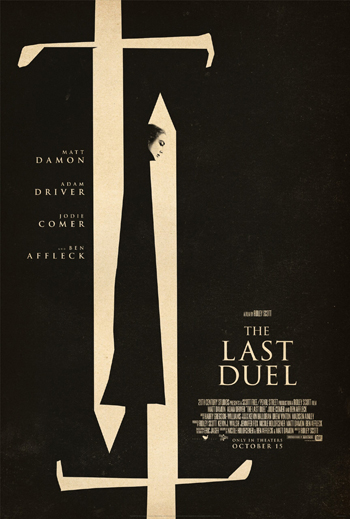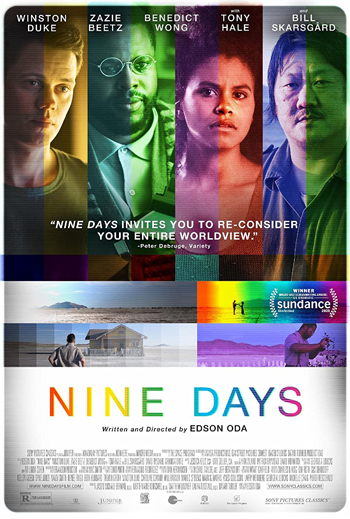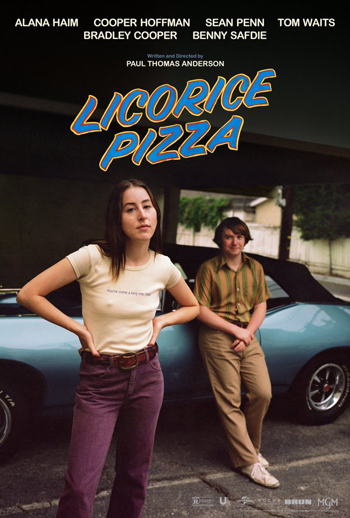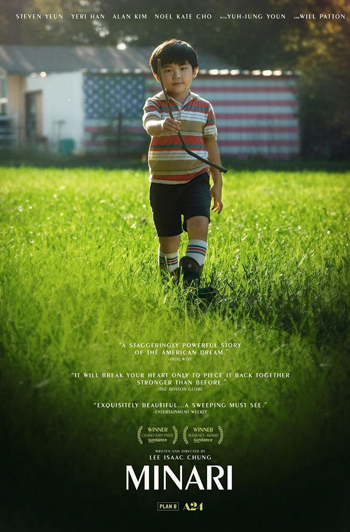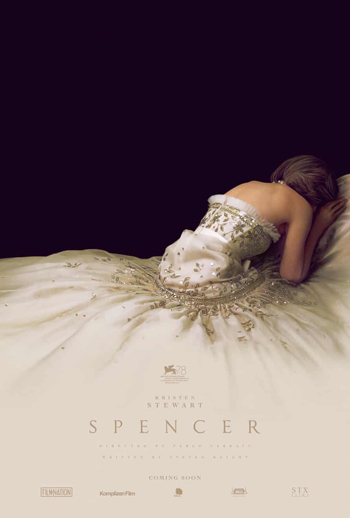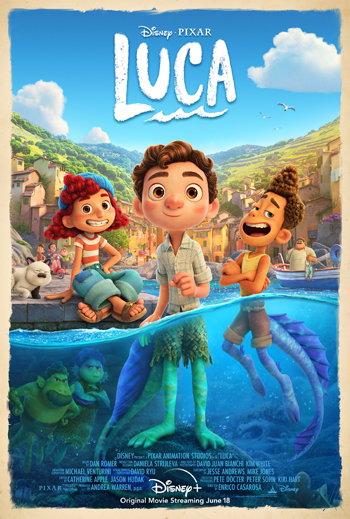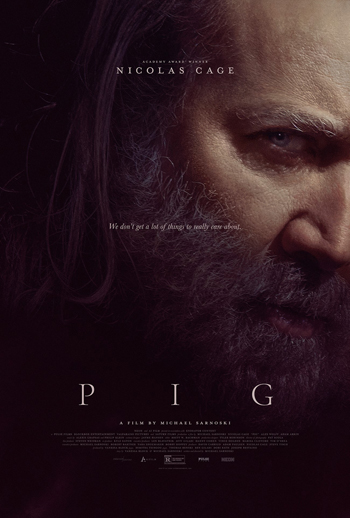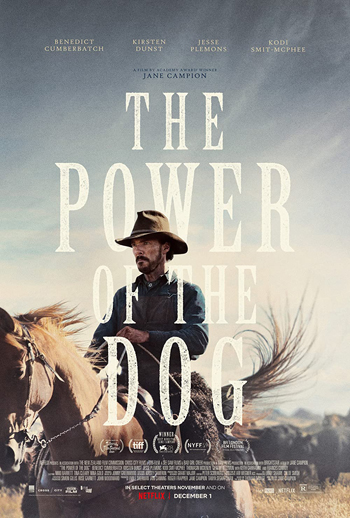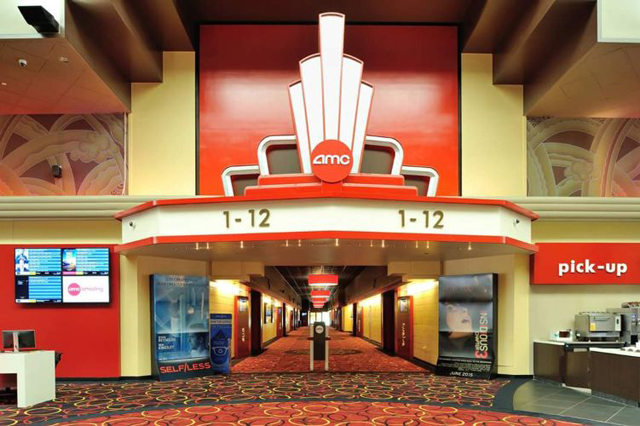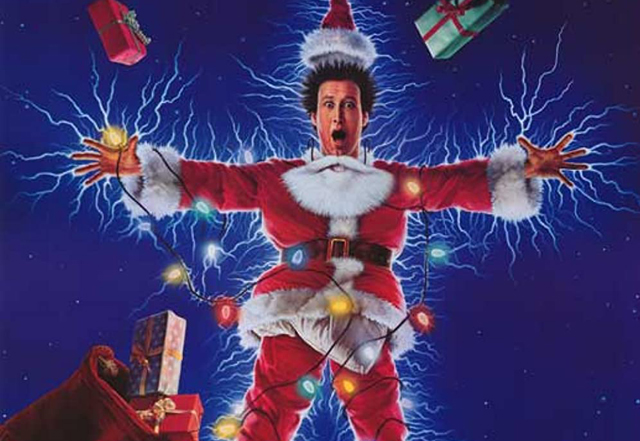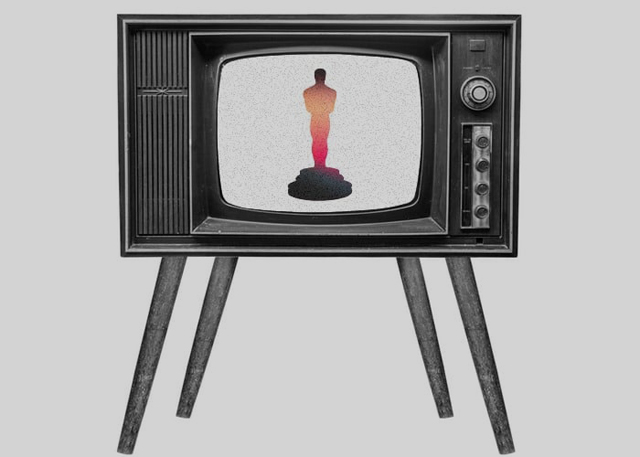
Back in the early days of television, when the only options most people had for watching anything were limited to three big national networks and just a handful of local broadcasts, you could always count on a large audience number for any given program. Those were the days when you could count on things like the final episode of MASH being watched by over 100 million people on it’s premiere, counting for nearly 80% of total viewership in that one night. In the years since, with cable television beginning to divide up the audience’s attention, the only programs that could garner those same kinds of numbers were big events. Think the Super Bowl, or the NBA Finals, or even breaking news events like the O.J. Simpson verdict. Probably the most unusual program to emerge as a force in the early days of television was the broadcasts of the yearly Academy Awards. The Oscars as we know them certainly never hit Super Bowl numbers, but they were for many years a reliable juggernaut in the programing block every year they were broadcast. Since the first telecast on NBC in 1953, more than half of the American TV watching audience would tune in to see the glitz and glamour of the ceremony every year. While the numbers would fluctuate over the decades, the numbers always remained strong for the Academy Awards, and it helped to cement them as the premier honor of the whole film industry. Even as TV habits changed in the era of cable, the Oscars broadcast still remained an event not to be missed. But, that long resilience seems to have worn off in recent years. Ever since the year 2000, the Oscars have been in a steady decline in audience ratings, and in the last couple years in particular, it has been in a freefall, reaching it’s lowest numbers ever in 2021. And this has led a lot of people wondering if the Oscars have lost it’s luster completely as a must see television event.
It was honestly not that long ago that the Academy Awards were at their peak. The 1998 ceremony, with James Cameron’s mega blockbuster Titanic sweeping it’s way to a record tying 11 Oscar wins, including Best Picture, saw the highest audience rating in the ceremony’s history. Of course, subsequent years after that couldn’t match those numbers; you don’t get a Titanic in every year. But, the show could still be relied upon to lead it’s block of airtime every single year. That, however, is no longer a guarantee. The viewership for last year’s academy awards didn’t even look good by old metrics of the Academy Awards, and is dwarfed by the amount of viewership seen for things today that appear on streaming or even cable. Polls even suggest that people no longer care about who wins the Oscars, and that is reflected in declining influence that the ceremony has on a film’s overall performance at the box office. For an organization that has long held itself up as the gold standard for recognizing excellence in the film industry, this is a troubling trend that they have been struggling to understand for several years now. As we’ve seen in recent years, the Academy of Motion Pictures Arts & Sciences (AMPAS) which governs the Academy Awards has taken dramatic measures to help shore up their declining influence in Hollywood. Some of the moves have been good, like increasing the diversity within their voting membership, but a lot of their other decisions have been puzzling and cry desperation. Only a couple years ago they received backlash for suggesting the idea of creating a Popular Film Oscar, which was rightfully seen as an empty gesture to hide the fact that the Academy has grown out of touch with the movie going public. Now, the Academy has been derided for another short-sided decision to streamline the ceremony by removing several awards from the actual telecast itself; relegating them to a pre-ceremony handout that won’t be shown in full on TV. With the Academy increasingly desperate, the question arises; are the Oscars finished?
One thing that should be made clear; the Oscars will never go away. The Academy will still hand out yearly honors and a select audience of movie fans will always tune in to watch (myself included among them). But the idea of the Oscars being a ratings powerhouse on national television has probably come to an end. The truth that the Academy must face is that they will never again reach the kinds of numbers that they once had when the Oscars were a dominant force in television. They must resign themselves to the fact that the Academy Awards is now just a niche program that only plays to a smaller but devoted audience. And that devoted audience is also not pleased at all with the desperate measures that are being taken by the Academy to climb themselves out of the pit. There’s nothing that movie fans hate more than obvious moves to pander to an audience that doesn’t care in the first place. This recent move in particular (streamlining the ceremony) seems in particular to be an address to the common complaint that the Academy Awards are too long. This has been an issue with the Awards in the past, with some ceremonies dragging on for quite a long time. The 2002 ceremony, where Ron Howard’s A Beautiful Mind (2001) walked away as the night’s big winner, was the record holder with a staggering 4 hour and 10 minute runtime. But, the complaints have remained there, even as the Academy has reigned in their ceremony with shorter speeches and fewer show-stopping performances. The ceremony last year, which was highly affected by the ongoing pandemic, was the most stripped down in history, and it came in at just under 3 hours in length with commercials, and it did nothing to boost the audience rating for the Oscars. So, what this has shown is that addressing outside complaints from an already disinterested population doesn’t actually help to rehabilitate the Oscars performance; it just drives them further down.
What really upsets people the most about the Oscars recent moves is that it blatantly shows the disparity of power within the industry. The categories that are being cut from this year’s Oscars are all from the technical side; meaning the hardworking crew members that are not big name celebrities. The decision sadly exposes where Hollywood’s priorities are, which is to place their talent in front of the camera on the pedestal and have the ones behind the camera stay hidden. Of course, it’s been true of Hollywood since the very beginning, but the Academy Awards has always allowed a chance for the unsung heroes to have their day alongside the marquee stars. Now that’s being taken away. It’s with these often unseen talent behind the camera where we see the Oscars achieve their most genuine and heartfelt moments. The honorees in the technical awards are the ones that connect the most with the average audience member, as they can see themselves reflected in their presence there and recognize that the dream of a win at the Academy Awards can happen to anyone. By taking this out of the ceremony, it just reinforces the idea that image that the Oscars are a playtime for the elites; disconnected from the rest of us. Aspiring filmmakers and long time Oscar enthusiasts don’t want to see the Oscars lose that connection to everyman aspect of the Awards. If anything, it’s the technical side of the Oscars that reflects the truest make-up of the industry, and by pushing that out of the ceremony it only reveals an elitist sensibility that the Academy has come to. Of all the desperate moves made by the Academy, this seems like the most brazen, out-of-touch move yet, and it’s one that I think represents a mis-reading of the Oscars audience that the Academy has sadly fallen into. The Oscars audience doesn’t care about the amount of awards given out each year, nor the people who end up winning. The Oscars seems to have forgotten what the awards are really meant to represent; a celebration of the creation and experience of cinema.
What I have always liked about the Academy Awards is that they offer a yearly snapshot into the overall history of cinema. Just looking back at the winners and losers of each year gives you an interesting insight into the status and mood of Hollywood at any given period. You can see the interesting effect of the Civil Rights Movement on Hollywood, through the way it began honoring different movies that addressed race relations head on (from Sidney Poitier’s history making win in 1964, to the Best Picture victory of In the Heat of the Night from 1967). Hollywood’s response to war conflicts also has seen interesting fluctuations in Oscars history, from the propaganda era films of World War II, to the harsh critiques of war from films in the post-Vietnam era like The Deer Hunter (1978) and Platoon (1986). That’s always been what has kept the most die-hard fans of the Academy Awards interested; observing history being made. But, the Academy has lost sight of what constitutes significance in the long run and instead it’s been chasing fads and responding to pressures that otherwise have little to do with the with the people being honored. More than anything, the Oscars problems have stemmed from them making the mistake of playing things too safe. The Oscars’ decidedly undemocratic voting system based on ranked preference has unfortunately led to some chaotic results, which itself is a response to a slow moving change in the Academy membership that up until recently mostly leaned older and white. The Oscars are also mistakenly falling into the idea that they have to be the vanguard of the industry, meaning that the definition of an ideal Oscar movie is becoming increasingly narrow and safe. Gone are the days when big studios flicks and genre hits could have their chance at the ceremony; now if you want to be nominated for an Academy Award, you better be an uplifting drama with a pedigree of star power behind it. There have been exceptions to be sure, but the increasing homogeny of the films at the Academy Awards has been one of the reasons people have lost interest.
It’s not a good sign when the only times the Oscars have seen an uptick in their audience is when they have courted controversy and scandal. There are some who would like to see the Oscars humiliated and taken down a notch, and that’s what slightly increases the audience rating; that desire to watch a train wreck happen; and even there, the Oscars broadcast disappoints. The #OscarsSoWhite controversy of a couple years ago was a good example, and it did feature one of the few bright spots that the Oscars had in recent years, which was host Chris Rock’s unvarnished take down of the Academy and Hollywood elite in his opening monologue. You would think that Hollywood would’ve taken note of the popularity of Rock’s comedy following the ceremony, but no. They’ve even eliminated the idea of a master of ceremonies altogether, with three straight ceremonies now without a host. Even their decision to reintroduce hosts this year seems half-assed as the duties are being split among three comedians. It shows the fundamental reason why the Oscars have fallen on hard times recently; because they forgot that this is as much a show as it is a ceremony. The ceremony may hit well with the people in the Dolby Theater itself as they dress in their finest and rub shoulders with the Hollywood elite, but it doesn’t translate across the television screen. You need to find the thing that will draw in the viewer to not want to miss what will happen in the Oscars ceremony. Whoever takes on hosting duties plays a big part in this, and sadly, the Academy has largely gone with the safe and reliable choices. It might help if they looked to someone younger and more connected with the audiences of today to host, not so much as a chasing of a fad, but more as a way of giving credence for this older institution to a newer audience. The same goes for entertainment throughout the ceremony, or allowing the presenters and winners to speak their mind. Authenticity is the thing that people value most and the Oscars would be better served by not trying so hard to avoid the unexpected.
The Academy may also need to consider how they approach their audience as well. The biggest complaint leveled at them is that they are old-fashioned. That’s a subjective reading, but what is certainly old-fashioned about them is that they are clinging on to past glory. The ratings highs of the late 90’s reflect a time when you could still dominate the airwaves on a Sunday night with something like an Awards ceremony. The Academy must recognize that they are not alone in their ratings downfall. All awards ceremonies have lost audiences over time; the Grammys, the Emmys, and the Tonys. They should also be grateful that they aren’t the Golden Globes right now; a ceremony that has disgraced itself far more than their declining ratings. The viewership has changed in the era of streaming, and it’s reflected across all areas of television. Network television no longer dominates the market, and even cable doesn’t have the pull it once did. The only benefit that the Oscars have gotten from their time on network television has been from the money generated by the networks from ad revenue. But, with the Oscars declining like they have been, their current home ABC hasn’t been able to get the same kind of returns on advertisements, and what once was a prime spot for advertisement space during commercial breaks now just falls into the average of basic programming. When the network lets their ad time go for much cheaper during something like the Oscars, that’s a significant sign of danger. So, what can the Oscars do. They may need to consider alternatives to how they broadcast, as a way of expanding access to their the audience. For one thing, they could broadcast live online on places like their website or on YouTube as an alternative, especially if they include those off-the-air categories in full as an exclusive feature. If they are having trouble with ratings, going to a place where those numbers don’t matter while still generating ad revenue through the algorithm of video streaming might be the best bet for their future. That way, they can better cater to what best works for them instead of still adhering to the archaic standards of broadcast television. It doesn’t have to leave the networks entirely, but it can better allow them to have the best of both worlds without having to compromise the things that have made them special in the past. If the Academy is looking for better audience engagement, this is where they will find it, and it may be the key to them to finally find some relevancy again.
As a stalwart feature on network television, I think the Oscars may be near it’s end. It can’t survive on just network television alone. It needs to reconsider what it should be in the era of on demand entertainment. A diversified presence on both regular network television and online might be the key, as it can reach a broader audience. We live in a time where many people now solely get their programming through streaming, so the Oscars would be wise to have an entryway into an audience like that, especially considering that most people who are solely online skew younger. It would also help if they engage with younger audiences more by giving fresh faced talent a chance to perform as a part of the Oscars. The Oscars are an old-fashioned institution, but they don’t always have to present themselves that way. Like the movies and the people that they honor have changed, so must the ceremony itself. But they can still do so while maintaining their vanguard appeal. There have been things that have always ringed true about the Oscars over the years and that’s that the movies have always matter the most. It’s not the fashion, nor the personalities of the Hollywood elite, nor the star power on the stage. Making movies and watching movies are what drives Hollywood, and the Oscars should be a reflection of that nearly century old sentiment. When someone picks up that golden statuette, it shouldn’t be a reflection of their popularity stature, it should be a reminder of their contribution to the history of the industry, and where they fall in the pathway set by those who came before them. The appeal of the Oscars is that it has spread it’s honors across the industry as a whole, and to sacrifice some of that in the pursuit of TV ratings is a betrayal of the legacy it has built for itself. The Oscars may be in an identity crisis, but it’s not irredeemable either. A lot of good has come out of the Academy, especially with recent pushes for diversity and it’s extensive charitable work, but they must consider what is different about their audience today and adjust to a different kind of industry that they find themselves today. They don’t have to sacrifice the things that have made them a little over-stuffed in the past, especially with those technical categories. They don’t have to pander to trends either. The audience has moved somewhere else, so go to where that audience is and stay true to what you have to offer. There is an audience out there willing to join in the celebration of the movies, and if the Oscars recognizes that, they can find their purpose once again and regain their relevance as the biggest night in Hollywood.
